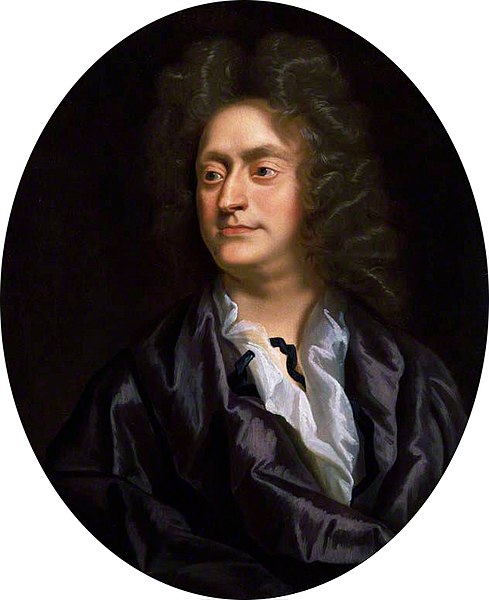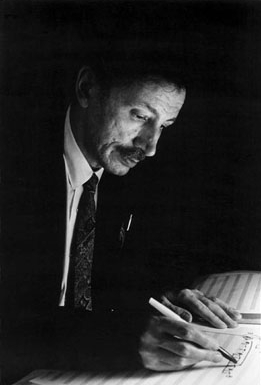This entry is dedicated to a late composition for string quartet by the Argentine composer Astor Piazzolla (1912-1992) titled Four, for Tango. Piazzolla’s main body of work has been consistently very popular in Europe and has been extensively covered, so I decided to pick this particular composition to demonstrate the synthesis of the composer’s various influences and to explore some of the polyphonic possibilities of writing for small ensembles.
Astor Piazzolla was a leading compositional figure of Argentine music in the 20th century: he transformed traditional tango music with an obsessive mixture of influences ranging from baroque counterpoint, to extended improvisational passages, as well as exploring the various developing rhythmic and tonal capabilities of his contemporaries. Throughout his musical development he retained a strong personal identity with tango music which won him both praise and intense criticism, internationally and domestically (respectively).

Four for Tango was written for the Kronos Quartet in 1988, late into Piazzolla’s career and combines numerous stylistic elements that define his trajectory. Two of the most evident signatures are the use of the rhythmic grouping 3-3-2 and the extended technique of using the body of the instrument as a percussion box. The use of 3-3-2 has been a recurring signature of Piazzolla’s rhythmic approach:

Furthermore, extended percussion techniques are meticulously notated and explained in detail:


The piece retains a very violent and driving pace throughout and holds a very minor and chromatic tonality. With Piazzolla you can get romantic melodies with Stravinsky-like intense rhythmic puzzles, and this piece definitely falls in the later. There is a very strong emphasis on the cello and the viola, these are instruments that often carry the melody in their low strings, but high in the instruments range, which gives the melody a very thick and warm sound. The violins have a major role in providing the whip and drum-like percussion strikes that punctuate the piece throughout.
I thoroughly enjoyed this piece, and having listened to a lot of Piazzolla’s music over the years, it’s always very refreshing to find new works written, and in particular those composed specifically for ensembles outside of his tango ensembles.
References Recording: Piazzolla, A., Kronos Quartet, (1988). 'Four, for Tango' Winter was Hard. New York: Nonesuch Records. [online] Sheet music: Piazzolla, A. 1989. Four, for Tango. Paris: Henry Lemoine. [online]













